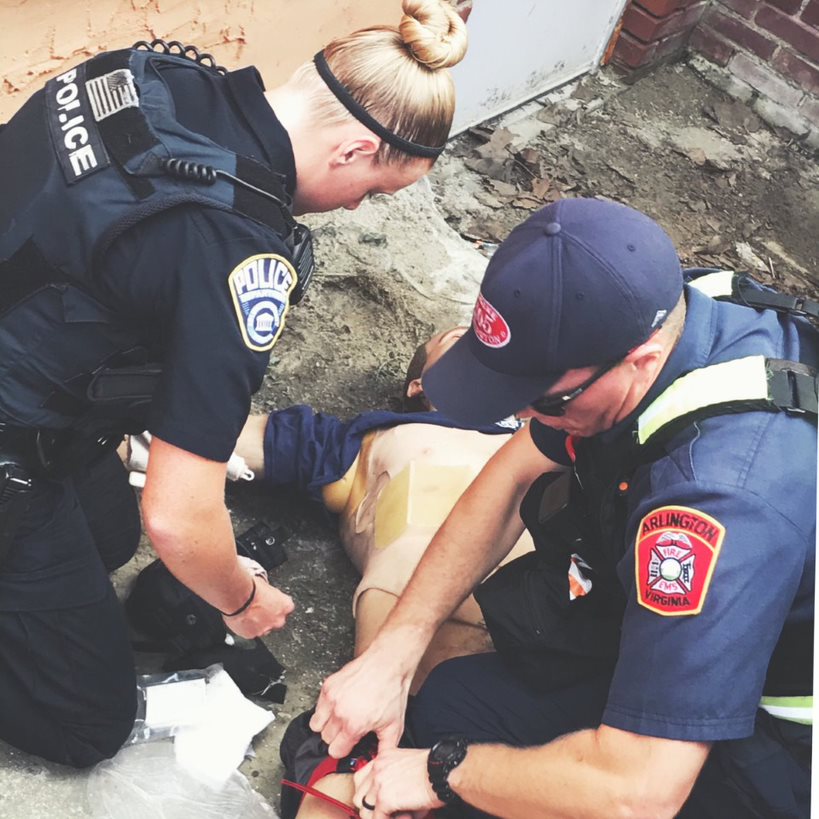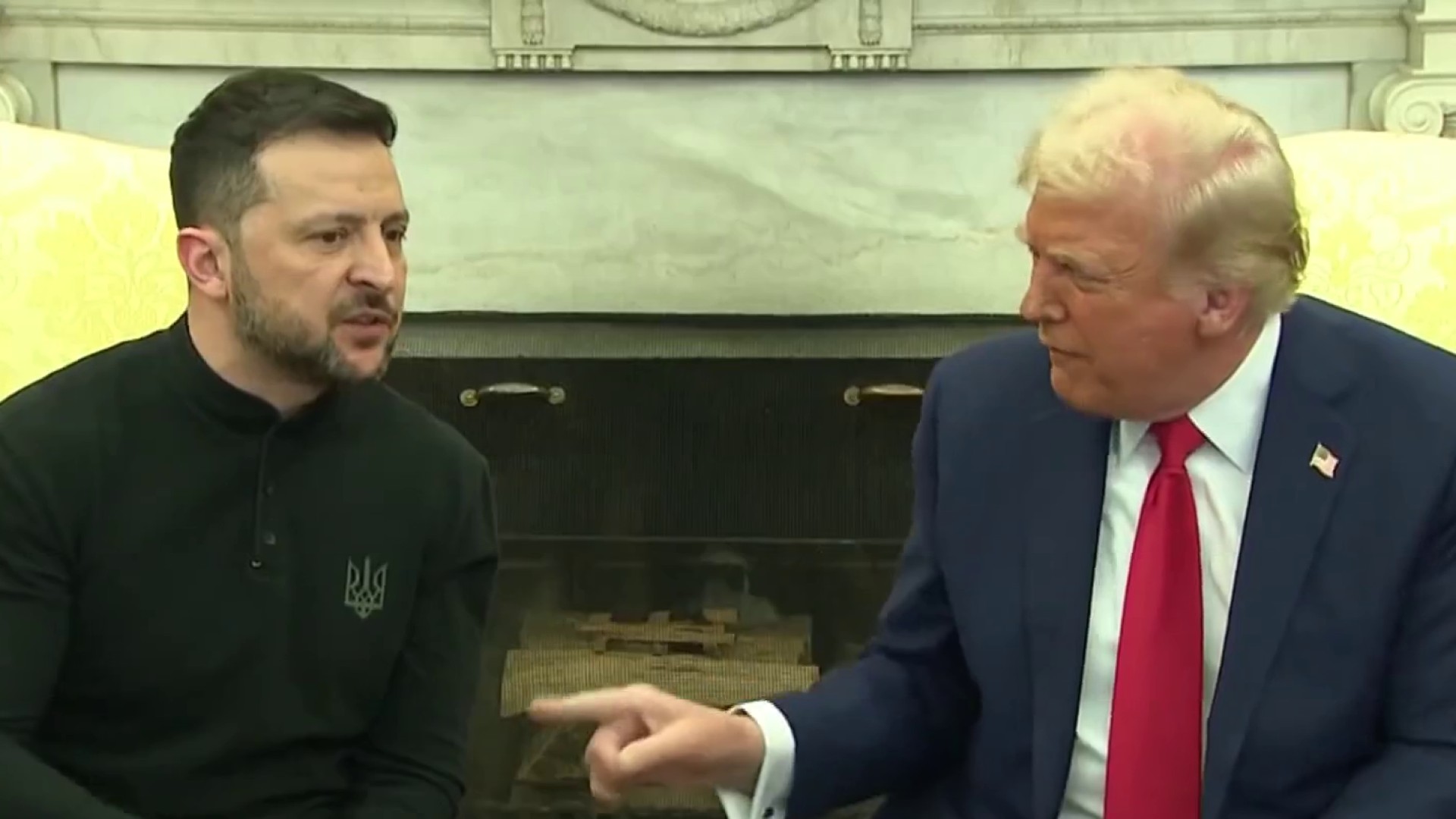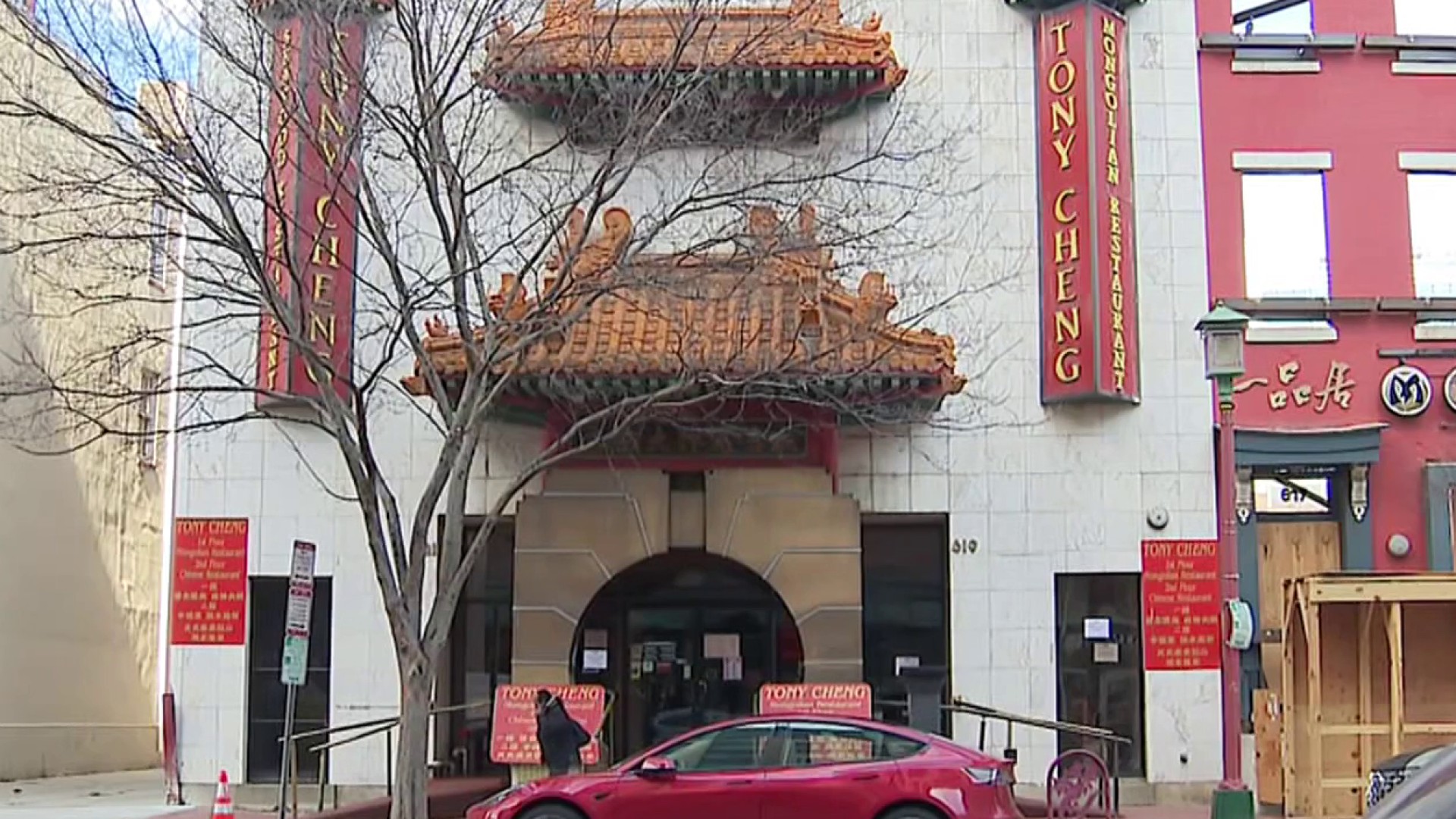The Arlington County Fire Department is leading a national shift in how rescue squads respond to mass shootings. News4’s I-Team Jodie Fleischer reports.
Dr. Reed Smith knows that when it comes to active shooter emergencies, seconds matter.
That’s why the emergency room doctor, who also serves as the medical director of the Arlington County Fire Department, began studying hundreds of autopsies from victims of mass shootings years ago. With other medical researchers at George Washington University, he found as many as 15 percent of victims might have lived had they gotten care quickly.
He says the desire to reach more victims, and sooner, helped spur a change in how Arlington fire and rescue prepares for incidents of mass violence. Now, instead of waiting for the all-clear from police before entering an active shooter scene -- a process that can take hours -- they work with law enforcement to try to reach the injured amid the violence.
Potentially Preventable Death After Mass Shootings
A retrospective study of autopsy reports for 213 victims involved in 19 civilian public mass shooting events in the U.S. from 2000-2017. The study was conducted by Dr. Reed Smith and George Washington University.
Click for more details.
Source: E Reed Smith, MD, Incidence and Cause of Potentially Preventable Death after Civilian Public Mass Shootings in the US
Credit: Anisa Holmes, NBC Washington, made with Weepeople from ProPublica
“We decided a long time ago [that] if there's one person that's in a dangerous place that we can get to and save, it is worth the risk,” he told News4.
Arlington County Fire is credited with helping develop what’s called a “rescue task force,” a concept people like Smith now teach to police, fire and rescue departments across the U.S. and world-wide, including groups in Australia and the United Kingdom.
The firefighters are equipped with tactical gear such as ballistic vests and tourniquets and cross-train with law enforcement, all to be ready for high threat incidents. During such an event, they coordinate with police to assess “zones” that are safe for entry.
Local
Washington, D.C., Maryland and Virginia local news, events and information
They typically avoid “hot zones” in which a shooter might still be active, but look to enter “warm zones” that police have assessed as having less risk – even if the shooter hasn’t been captured.
"We don't need to know where the gunman is, but we need to know where he's not,” Smith said. “We can function where he's not."
The News4 I-Team attended a recent training and observed how law enforcement provided cover to rescue personnel as they attended to a mock-victim. The goal, Smith said, is to stabilize and evacuate victims as soon as possible, in hopes of getting them to the hospital shortly thereafter.
 Arlington Co. Fire Dept.
Arlington Co. Fire Dept.Smith was among a handful of doctors who studied autopsies from the June 12, 2016 Pulse nightclub shooting in Orlando, Fla. In a study published in 2018, the researchers reported that 16 of the 49 victims had potentially survivable wounds, had they received basic medical care within minutes of injury and made it to a hospital within an hour.
Of the more than 200 autopsies Smith has studied from victims of 19 mass shootings, only 12 percent of victims were transported to a hospital, his research shows.
“It's just kind of stupid, simple,” Smith said. “The longer it takes for you to get some kind of care, the less likely you're going to survive.”
"Seconds and Minutes Matter"
Kacey Johnson knows first-hand how critical it is for first responders to quickly reach the wounded.
She was a student at Columbine High School in 1999 when two teenage shooters went on a rampage that killed 13 and wounded far more, including Johnson.
Johnson said she was hiding in the library when she was shot at close range, shattering her shoulder. Once her attacker left, a classmate helped her escape to a triage area in a neighbor’s yard where she finally was treated by paramedics.
Asked what she believes might have happened had she been left on the library floor for hours, Johnson said: “I wouldn’t have survived.”
Though many people wounded in mass shootings have little or no chance of survival due to the severity of their injuries, she called Arlington’s rescue task force model “incredibly brave.”
”When you're dealing with life and death, seconds and minutes matter,” she said.
Changing Strategy
The I-Team found several other fire and rescue departments in the region now follow similar procedures, including Montgomery County, Prince George’s County and the District. The National Fire Protection Association has also endorsed the concept.
In Montgomery County, the fire and rescue service has issued ballistic vests and helmets to be kept in supervisors’ cars instead of the fire trucks. Assistant Chief Maurice “Mo” Witt says how and when to use them is decided on a case by case.
"It's making risk-benefit decisions,” Witt told News4. “How much am I going to risk to go in and save these people versus is there anything to save?"
He says the county already has police and firefighters who are cross-trained and the chiefs have worked side by side during major events for years. Witt is now writing a formal policy on those practices.
Mass Shootings in the U.S.
Credit: NBC
Smith said it wasn’t easy, at first, to convince long-time firefighters who were accustomed to waiting for the all-clear to take on the risk of gunfire.
“There was the idea that bullets belonged to the police, and fire belongs to us,” he said.
But eventually, he says his team was eventually able to get fire and rescue leaders to understand that “risk is risk.”
“Mitigated risk is what we're trying to do. And we do that through good training, good tactics and good equipment,” he said.
Taylor Blunt, who runs Arlington fire’s “high threat response program,” said his father is a retired firefighter. “In his generation they would have never thought about doing this,” he said.
But in his eight years on the force, he’s observed a sea change in how firefighters now approach their jobs. During previous high threat emergencies, firefighters and rescue squads “would have been standing on the sidelines.
But now, he said, “we're going to be in this together.”



